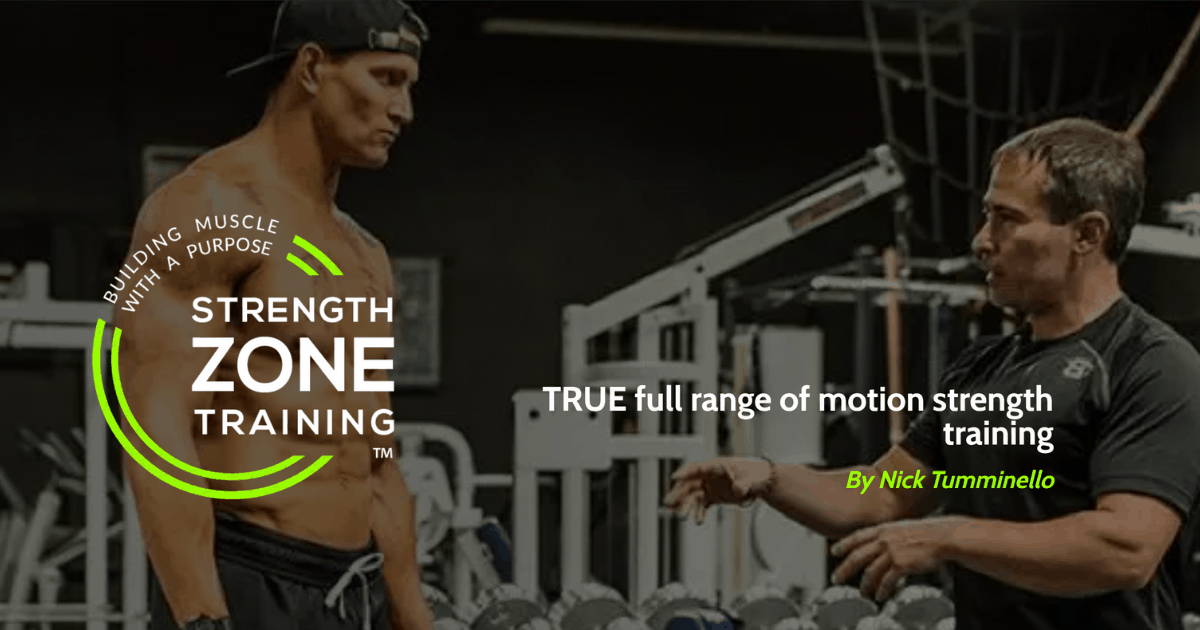Bauer
Level 8 Valued Member
I think this might be the one of the essential points.Yes, yoga helps tie things together, but not in fast or powerful movement, and not in externally loaded movement.
Pesonally I would think that adding some locomotion, like crawling, carries or even sprinting would have more carryover in terms of tying everything together. But of course I am heavily influenced by Original Strength.
But I have heard of worse plans


